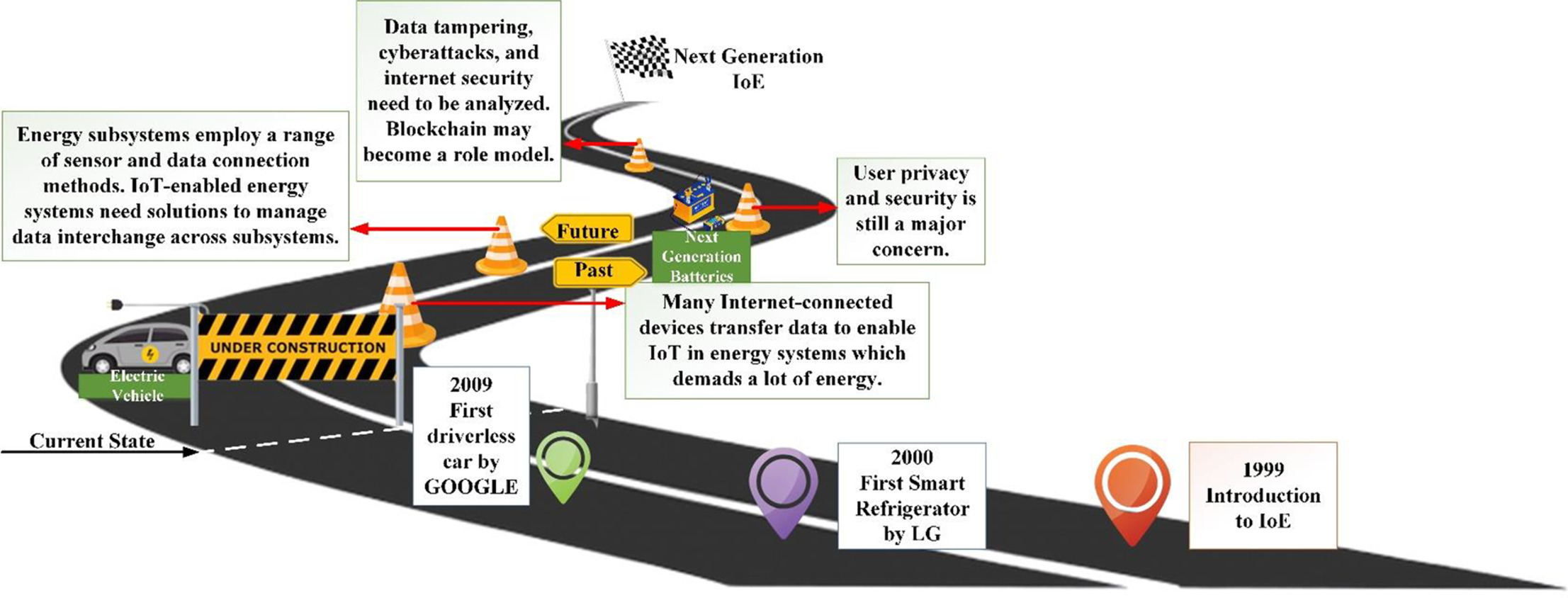Elsevier,
Energy and AI, Volume 14, October 2023
This article supports SDGs 7 and 13 by comparing the economy and carbon emissions of electrochemical energy storage (EES) and hydrogen energy storage (HES) in renewable energy storage, and it was found that lithium-ion batteries and certain HES routes perform best in LCOS and carbon emissions, supporting their use to achieve future decarbonization goals.
Elsevier,
The Lancet HIV, Volume 10, October 2023
This Article supports SDG 3 by showing that interventions and strategies to reduce mortality from HIV-related CNS infection in public hospitals within routine care services can substantially reduce all-cause 2-week mortality among people living with HIV presenting to public hospitals with suspected HIV-related CNS infection.
Elsevier,
Energy Conversion and Management: X, Volume 20, October 2023
The results of this study, which looks at the emissions and performance of the ICE fueled by ethanol, are in line with SDGs 7 and 13. Regarding optimization and prediction, the distinctive combination of ANN and RSM encourages sustainable industrialization, more conscientious consumption, and more ethical production patterns. All these are crucial components of SDGs 9 and 12. To make refined decisions and achieve improved performance and emissions, this research can benefit engine producers and researchers. This alliance between scholars and industry stakeholders supports SDG 17 (Partnerships for the Goals), which also encourages knowledge-sharing to advance the SDGs as a whole.
Elsevier,
Quaternary Science Advances, Volume 12, October 2023
The article discusses how the Himalayan city of Joshimath is facing multiple natural hazards and disasters, including sinking and land subsidence, which are exacerbated by climate change and rapid urbanization, highlighting the need for sustainable planning and management to address these climate-related challenges
Elsevier,
Materials Today, Volume 69, October 2023
This text ties into several Sustainable Development Goals (SDGs), particularly SDG 9 (Industry, Innovation, and Infrastructure) and SDG 11 (Sustainable Cities and Communities). It highlights the role of sensors in advancing smart technologies and infrastructure, which can optimize industrial processes, improve healthcare, and contribute to sustainable urban development. Additionally, it touches on SDG 3 (Good Health and Well-being) through the potential of wearable and implantable sensors to enhance health monitoring and disease prevention.

